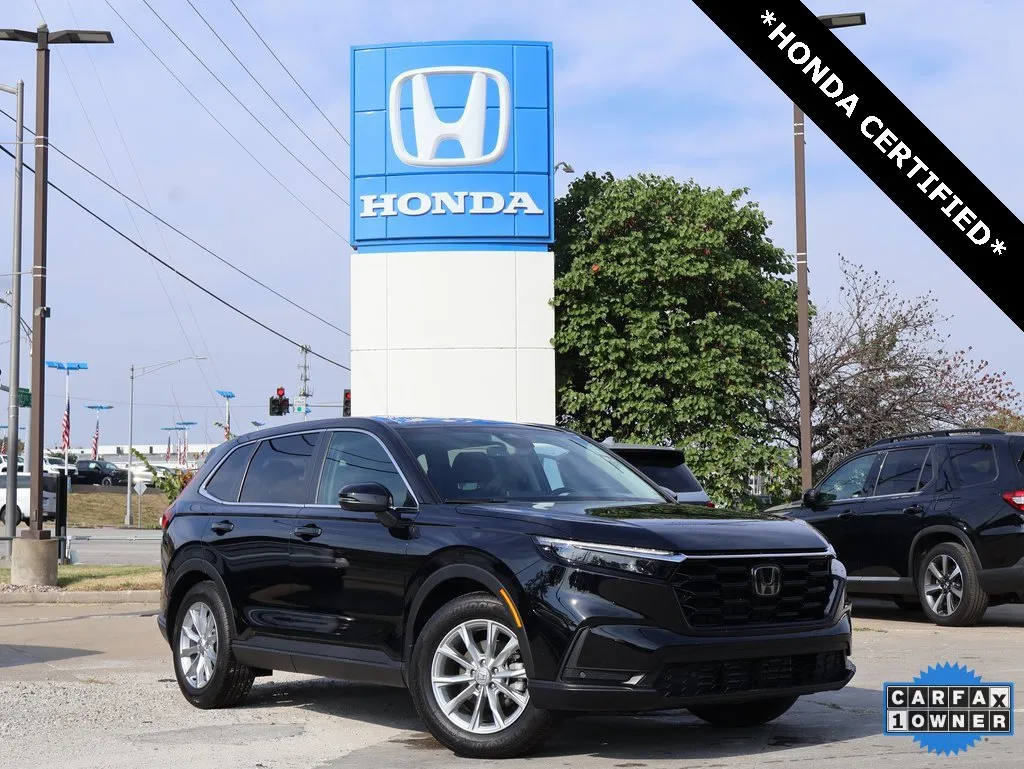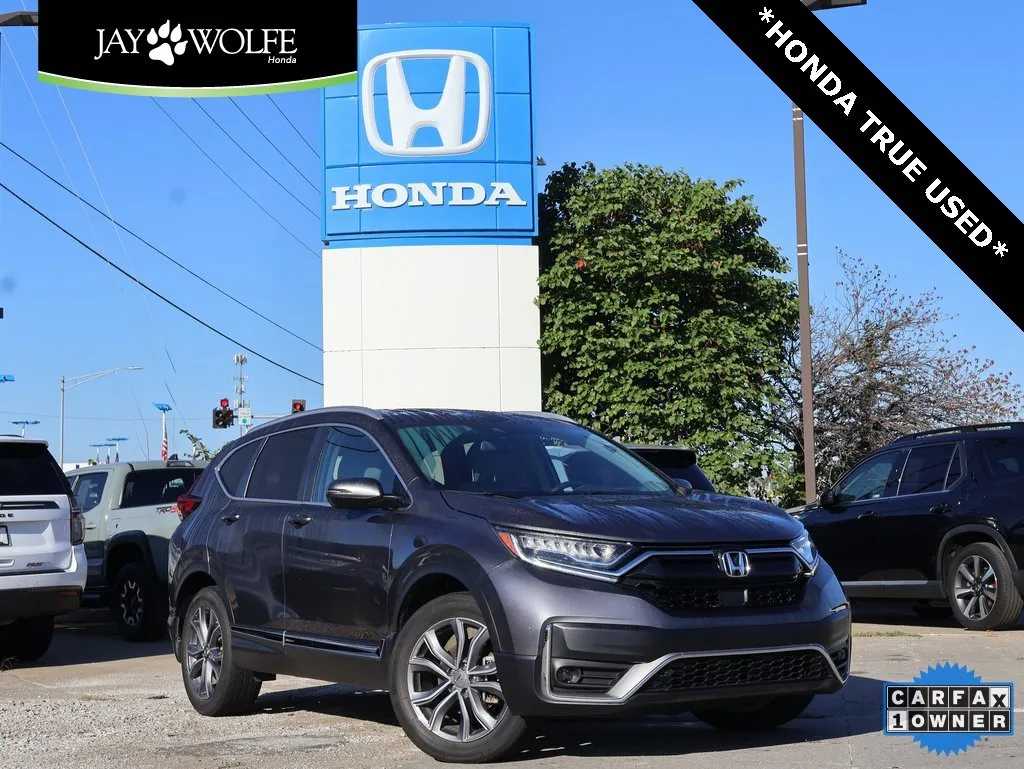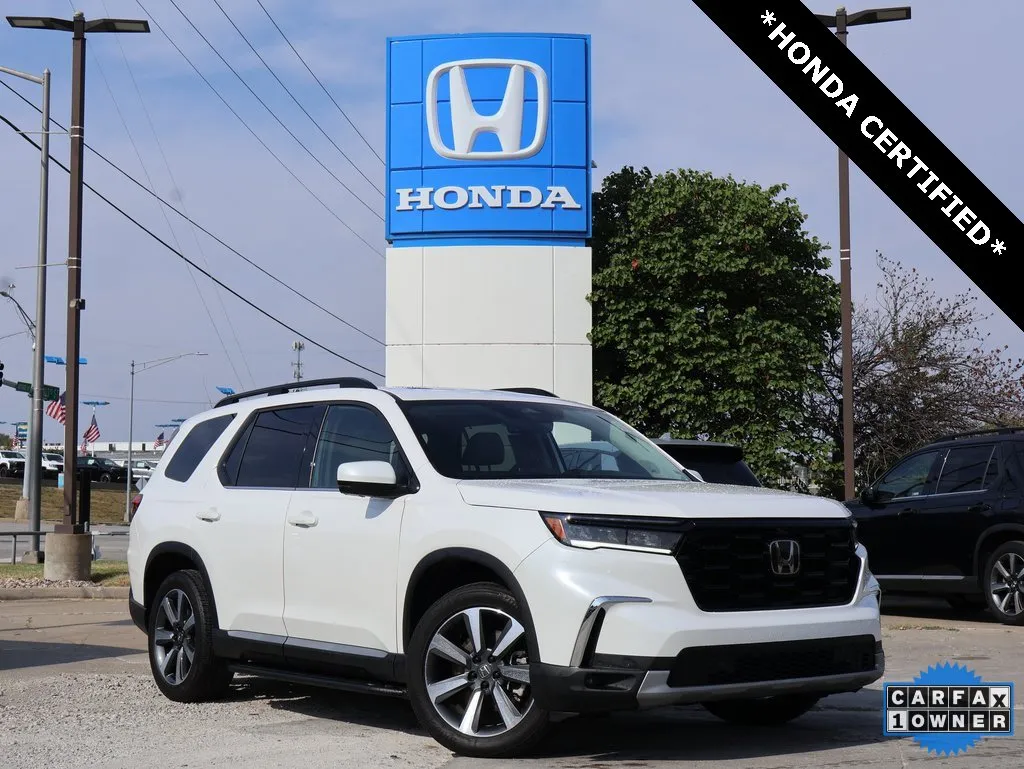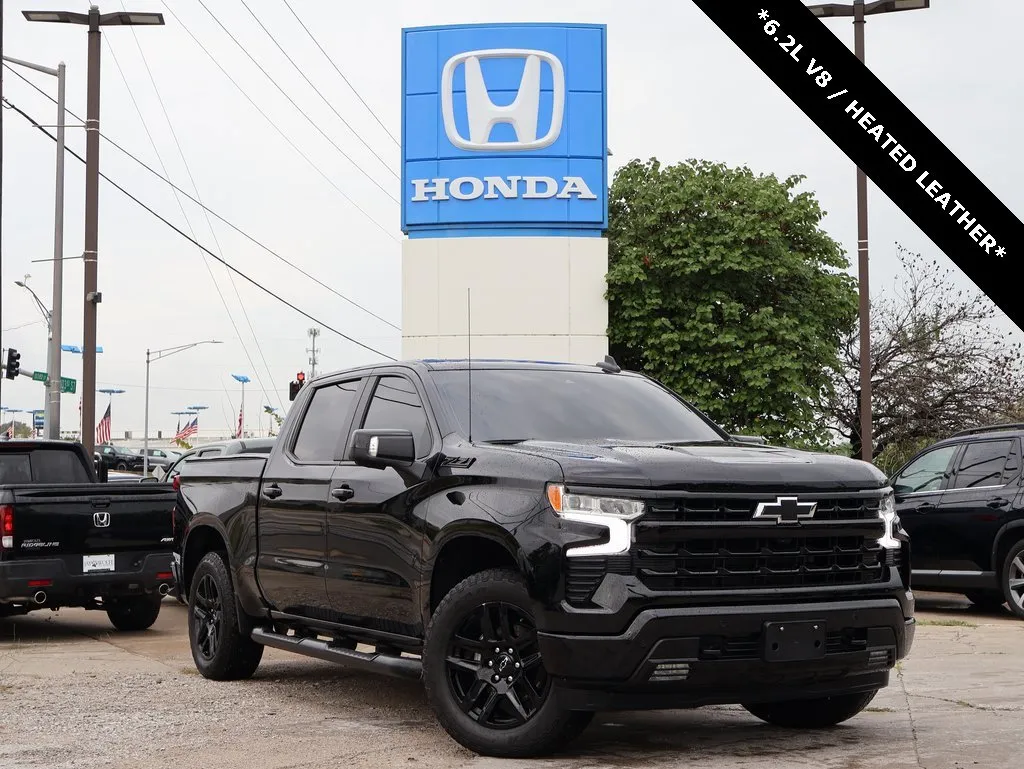Honda Sensing Explained: Driver Assists You Will Use Every Day
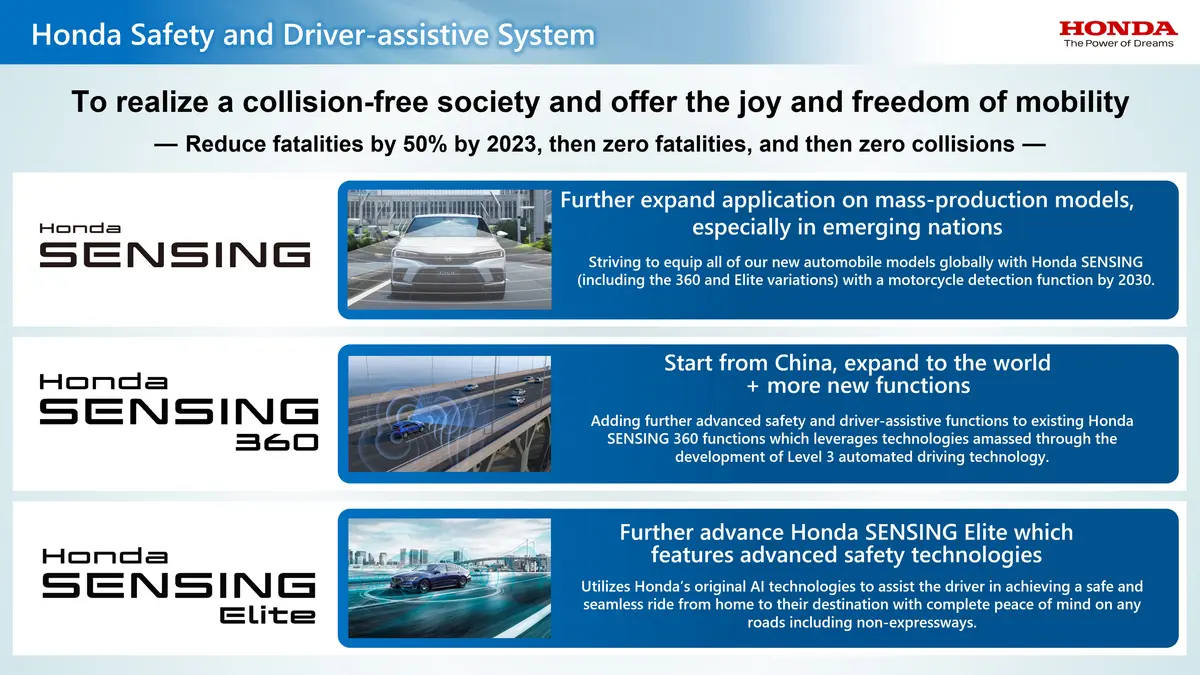
Honda Sensing Explained: Driver Assists You Will Use Every Day
Honda Sensing is a suite of driver assists designed to help with awareness, speed control, and lane position. It does not replace careful driving, but it can lower stress in traffic and add a margin of confidence on longer trips. Here is a clear look at what the features do and how to set them up, so they feel natural on day one.
What Each Honda Sensing Feature Does in Daily Traffic
- Collision Mitigation Braking System (CMBS) looks ahead and can warn you about a possible frontal collision. If needed, it can apply braking to help reduce impact speed. You will notice it most when traffic slows quickly or a vehicle cuts in.
- Road Departure Mitigation with Lane Departure Warning watches the lane edges. If you drift without signaling, it can alert you and provide light steering or braking to keep you on course. It is helpful on long commutes when attention can fade.
- Lane Keeping Assist System helps you stay centered. On straight or gently curving roads it provides small steering inputs that reduce constant corrections. You remain in control and can override at any time.
- Adaptive Cruise Control with Low-Speed Follow maintains your set speed and a chosen gap to the car ahead. In traffic it can slow and then return to speed when the lane clears. Many drivers use it to keep a steady flow on the highway.
- Traffic Sign Recognition can read certain signs and display the current speed limit or other notices. Automatic High Beams switch between low and high when traffic is detected so you can keep your focus on the road. Some models also include Traffic Jam Assist, which adds gentle steering support at very low speeds.
Settings and Tips to Make Driver Assists Feel Natural
Treat these features as helpers. Keep both hands on the wheel and your eyes up. Begin by opening the settings menu and adjusting alert volume, steering assistance strength, and following distance. Make changes one at a time so you can feel the difference.
Clean glass helps the camera and radar do their job. Wipe the windshield and the front emblem when you fuel up. Heavy rain, fog, or glare can limit operation, so respond right away if the car asks you to take control. For the best results, keep tire pressures at the door label and schedule alignment checks if the vehicle pulls or the wheel is off center.
A short practice drive makes everything click. Try a calm stretch of road, test each feature, and learn what the icons and tones mean.
Try Honda Sensing on a test drive at Jay Wolfe Honda
We will help you set following distance and alert preferences, then take a short city and highway loop to see the features in real traffic. Bring your questions and we will tailor the setup to your commute.


